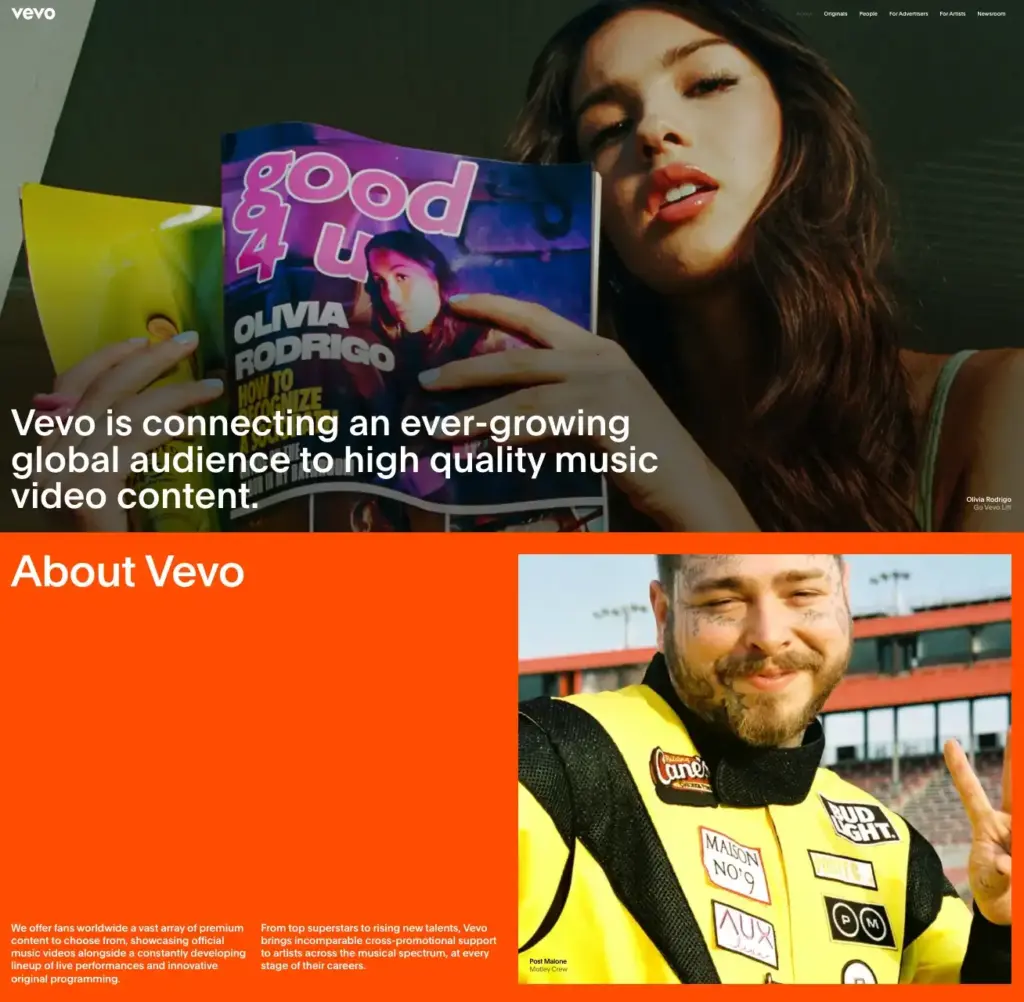YouTube & Vevo: The Powerful Duo Reshaping the Music Video Landscape
In the digital age, two names have become synonymous with the evolution of music videos: YouTube and Vevo. Together, these platforms have given artists, record labels, and fans a new way to experience music. They have also opened doors for marketers and businesses to tap into a vast audience hungry for music and visual content.
The Evolution of YouTube in the Music Industry
YouTube, owned by tech giant Google, is the world’s largest video sharing platform. Launched in 2005, it quickly became a hub for creativity, education, entertainment, and more. However, one of its biggest appeals was its role in democratizing music distribution.
Before YouTube, the path to getting a music video on television was highly gatekept by TV stations and their rigorous selection criteria. Now, every artist – from someone recording in their bedroom to Grammy-winning stars – had a platform to share their work. This led to the rise of many independent artists and changed the way music was consumed.
Enter Vevo

Understanding YouTube’s growing significance in the music industry, in 2009, major record labels like Universal Music Group, Sony Music Entertainment, and Warner Music Group decided to launch Vevo. This was a strategic response to capitalize on the burgeoning digital video market. Vevo became a music video and entertainment platform dedicated to hosting premium music content.
While Vevo has its own website and mobile app, its major strength is its symbiotic relationship with YouTube. Vevo’s videos are hosted on YouTube, and in turn, YouTube shares its advertising revenue with Vevo. This has been a win-win, with Vevo providing high-quality, exclusive content and YouTube providing a massive, engaged audience.
How Vevo Benefits Artists and Labels
Vevo has positioned itself as the premier destination for official music videos and premium content. Some of the key advantages are:
- Monetization: Vevo has an agreement with YouTube wherein it gets a share of the ad revenue generated from their videos. This ensures artists and labels earn from their content.
- Branding: Videos on Vevo have a distinctive branding, which signals to viewers that they are watching an official, high-quality video. This can help increase views and engagement.
- Promotion: Vevo often features new releases, ensuring higher visibility for artists. This promotional push can translate into higher views and better chart positions.
Leveraging the Power of YouTube and Vevo for SEO
Given the reach and impact of YouTube and Vevo, they present significant opportunities for SEO. Here’s how you can leverage these platforms:
- Keyword Optimization: Just as you’d optimize a website, your video titles, descriptions, and tags need to be keyword-rich. Research trending keywords related to your music or genre and incorporate them.
- Engaging Thumbnails: Thumbnails act as the first impression. A compelling thumbnail can dramatically increase the click-through rate of your videos.
- Use Playlists: Group your videos into themed playlists. This not only helps in organizing your content but can also increase session times as videos in a playlist play one after another.
- Engage With Your Audience: Reply to comments, ask questions in your video descriptions, and encourage viewers to like and share. Engagement metrics play a role in YouTube’s ranking algorithm.
- Collaborate: Collaborate with other artists or influencers. This can help tap into their audience and increase visibility.
- Consistent Uploads: Consistency is key. Having a regular upload schedule can help in retaining and growing your subscriber base.
The Road Ahead
While YouTube and Vevo have already drastically changed the music video landscape, their potential for future growth is immense. As they integrate newer technologies like virtual reality or 360-degree videos, the music experience will become more immersive.
Furthermore, as YouTube delves deeper into personalized content delivery with its machine learning algorithms, artists and labels can expect more tailored promotional opportunities, ensuring their music reaches the most receptive audience.
Conclusion
YouTube and Vevo, in their unique partnership, have reshaped the music video landscape. They’ve democratized content distribution, giving artists a global stage. For marketers, SEO professionals, and businesses, these platforms offer unprecedented access to a global audience. By understanding the dynamics of their partnership and leveraging their features effectively, there’s potential to significantly amplify online visibility and engagement.
In the fast-evolving digital landscape, staying updated with platforms like YouTube and Vevo is essential. They are not just reshaping the music industry but also setting the pace for the future of digital content consumption.
